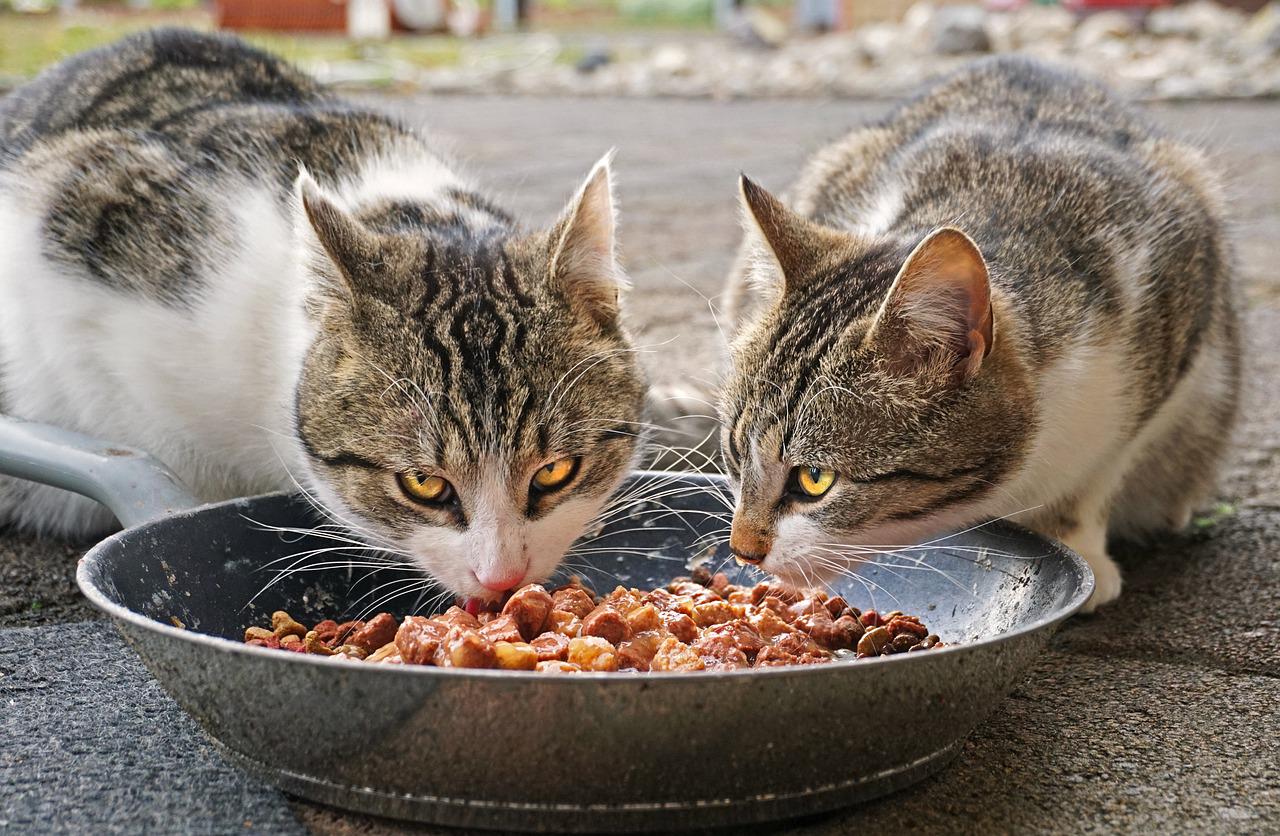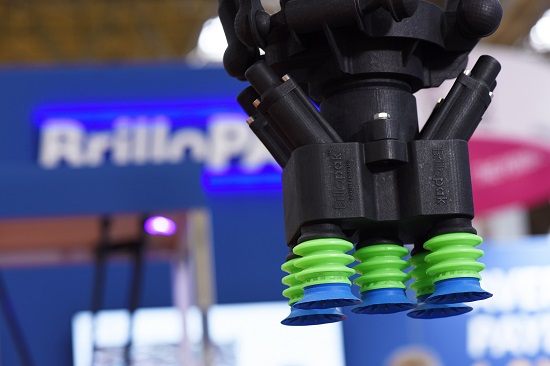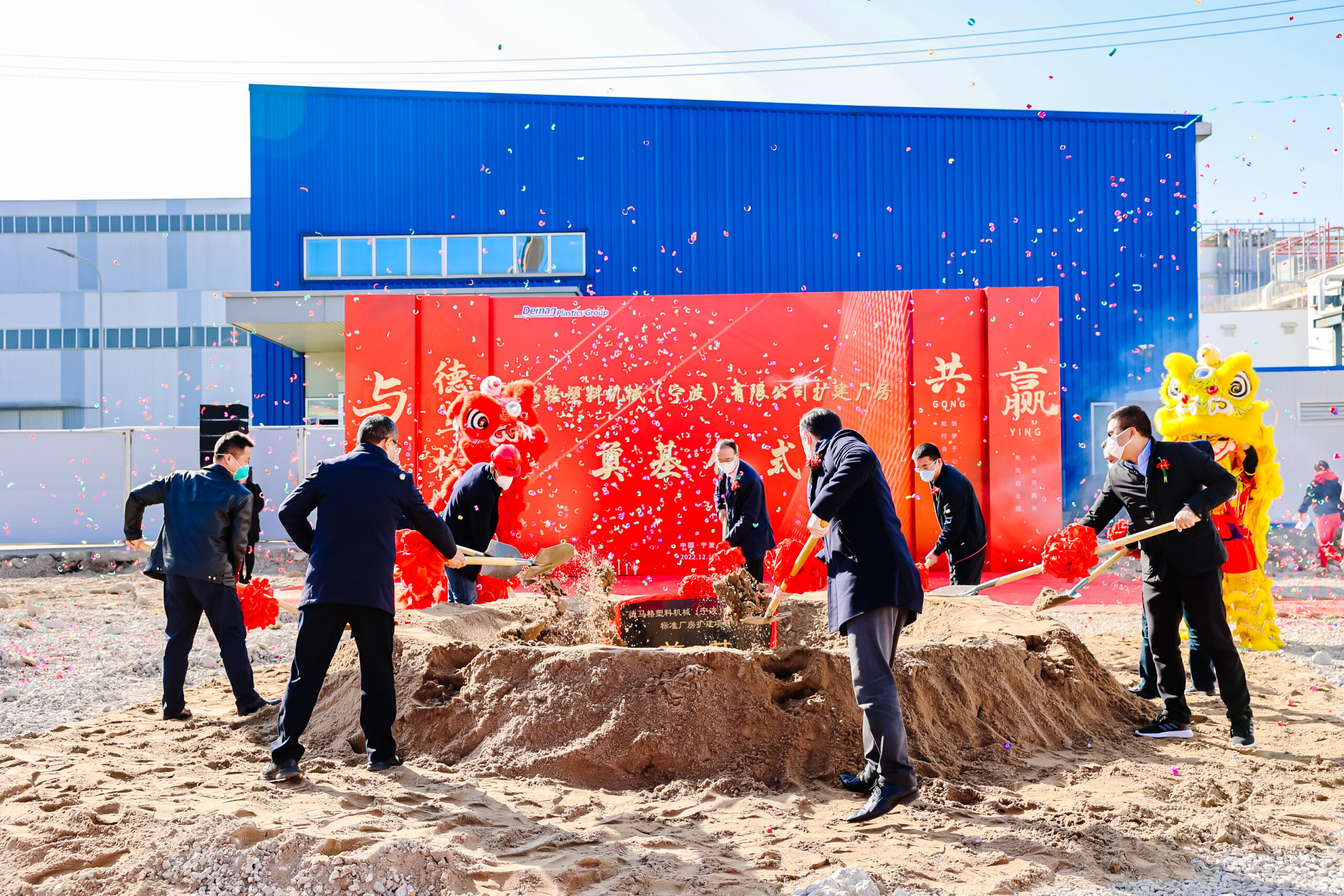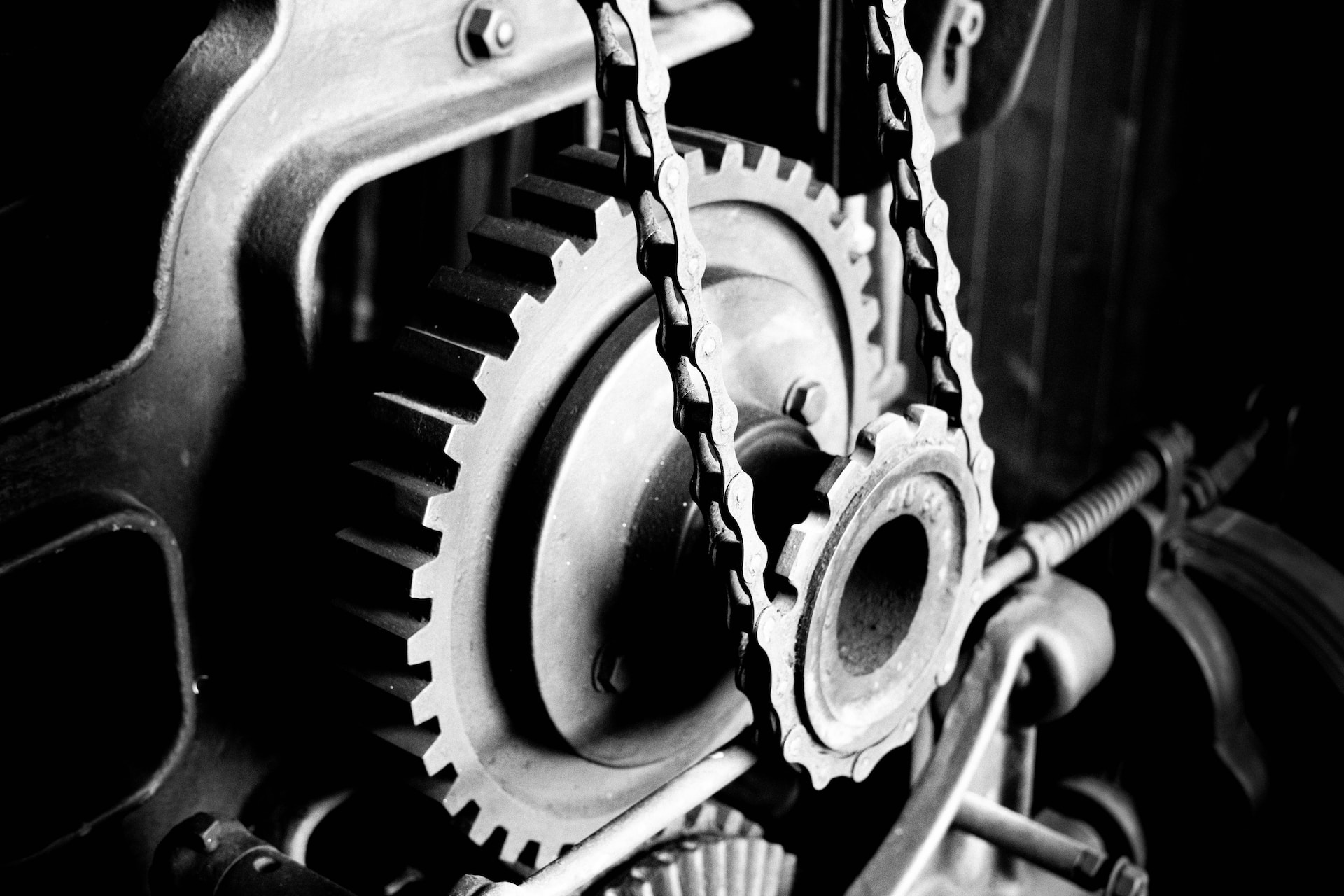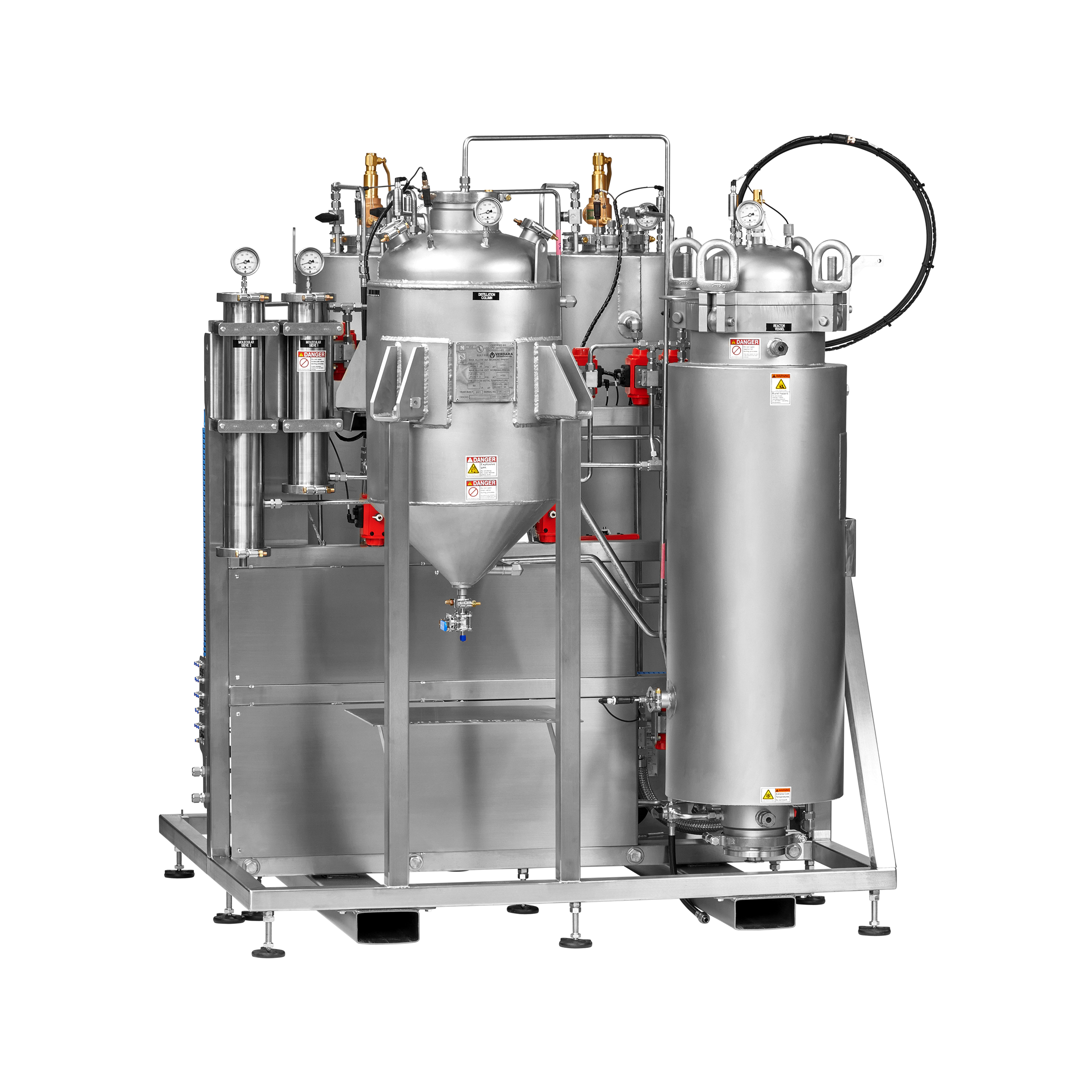Premium trends and technology pave the way for better pet food satisfaction
Data shows that the global pandemic has bonded pets and their owners even closer together. And with it, feeding patterns have evolved again. As a key global player in the pet food and treat market, food safety inspection specialist Fortress Technology examines the rising humanisation and premiumisation trends driving consumer demands and production line technology that is supporting responsible pet ownership.
The days of opening a tin of chum for our four-legged friends are long gone. During the international lockdown in 2020, the European Pet Food Federation (FEDIAF) recorded a 2.8% growth in animal ownership, with 88 million households in Europe owning a pet that year. A number of these were first time pet owners.
With more canine and feline mouths to feed than ever before (and a market worth over 21 billion Euros in Europe alone), sufficient pet food safety and detail-oriented inspection has never been more paramount.
As more homes acquired a new family member, the annual sales of pet food in 2020 increased to 8.5 million tonnes. The pandemic saw millions more pets sat indoors with their owners, promising them a life of companionship. The market responded accordingly by supplying 21.2 billion pet food related products and services in 2020.
Petfluencers and animal content
Industry trends, such as the rise in social media pet influencers (petfluencers), has a huge role to play. Humanisation and premiumisation are also big buzzwords in this new world of emotive storytelling.
As a consequence, the sale of natural versions of pet slurries, kibble and raw diets has boomed in the last two years. Due to increasing environmental and animal welfare concerns, owners are also favouring premium pet food.
“Industry trends prove that pet owners are demanding more from manufacturers when it comes to pet food meeting similar standards to human food, ensuring that it is safe, nutritious and follows rigorous processes with quality machinery,” explains Fortress Europe’s Commercial Manager Jodie Curry.
Human food is beginning to dictate the way pet food is processed, as owners want their animal’s diets to mirror their own. In other words, good enough for human consumption. Reports also show that the pet food industry is influenced by human trends such as cleaner labelling, veganism, alternative protein and healthier options. In fact, during 2020 Europe held the largest share of the global vegan pet food market, and it is expected to grow to over 15 million US dollars by 2028. It is clear that tearing open a packet of overly processed and poorly produced pet food is no longer good enough.
A craze for customisable kits
A seniorisation trend is also emerging. With pets living longer than ever before, this is influencing the need for functional foods that are age or illness specific. As a consequence, more owners are buying premium food that can be tailored to their pet’s breed, age, weight and even taste preferences.
Combined with the rise in e-commerce subscriptions, dog owners can purchase tailor-made subscription boxes that contain premium pet kit meals – a global market estimated to reach USD 5.20 billion by 2028.
Ready-made for a variety of breeds and completely customisable, these conveniently pre-packed goods come perfectly portioned, making it all the more necessary for processing lines to meet filling regulations and eliminate contaminants efficiently. Quality x-ray systems will check pre-made pouches for fill levels, product voids and also ensure applications are properly sealed.
“Effective inline inspection is of the utmost important in ready-to-go packaging. A system like our new Raptor X-Ray is ideal for inspecting pet foods in metal foil sachets and can look for a range of hazardous contaminants, including bone and glass. The ability to accommodate a range of different flexible packaging formats that prolong shelf life is one of the critical advantages of X-ray,” Jodie states.
An appetite for quality snacks and trendy treats
The sparking interest in the quality and nutritional value of pet food means premium and super-premium areas of the market, including pet treats and snacks, have dominated e-commerce sites and retailers.
Superfoods are creeping their way into pet diets and replacing the bog-standard wheat treats; blueberries, cranberries, sweet potatoes, peas, spinach and even chia seeds are not uncommon in pet treats produced by craft-style or retail suppliers. This humanised appetite for pet food requires a demand for tighter regulations and better-quality machinery.
New technology is beginning to accommodate these treat trends, as processing lines now use machinery that can generate live OOE data for reporting, making detecting contaminants early in all-natural and organic products much more productive.
Clawing for a better pet food promise
For years, detecting contaminants in pet food and pet treats has had widespread effects, whilst also impacting cost of production line; as detection and x-ray systems are often implemented at the tail-end of lines to inspect finished and packaged product where it is more expensive to pinpoint foreign body contaminants.
“If you catch a metal contaminant in its largest form at the start of the processing line, for example in a pipeline or gravity system, you are eliminating it at the cheapest part of the process,” Jodie elaborates. “Pushing the inspection solely to the end of the line, any contamination will be caught at the most expensive part of the production process. At this point the entire batch of product will be packed and ready
for despatch and could potentially be contaminated with unidentifiable and hazardous contaminant fragments, prompting a costly and potentially brand-damaging recall.”
To combat ineffective production lines, the industry can use machines with upstream detection to reject quantities of metal and other contaminants before it reaches the meticulous end-of-line systems and is ready to be packaged.
Hygienic pump pipelines for wet pet slurries and pate-style foods are utilised to prevent contaminations reaching the packaging stage. They are available in metal detection and x-ray formats. Similarly, Fortress gravity metal detectors are a common sight on dry kibble lines, often located between product chutes and hoppers and integrated with automated packing systems and checkweighers.
Additionally, highly sensitive bulk metal detectors and checkweighers can be added at the end of production lines to verify the weight and perform a final quality check on the largest of pet food bags and boxed wet food trays.
By adopting an efficient and systematic approach to manufacturing pet food, owners can rest assured knowing that their pet’s dinner has undergone thorough contamination detection. No matter the ingredients or application format, it is essential pet food production lines reflect the authentic safety, wellbeing and care associated with owner’s animals.

